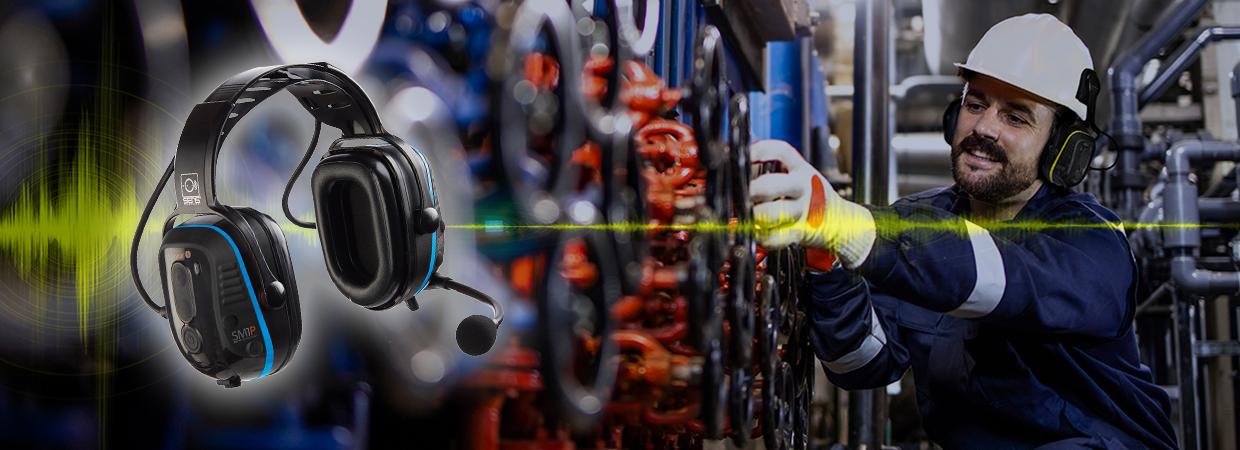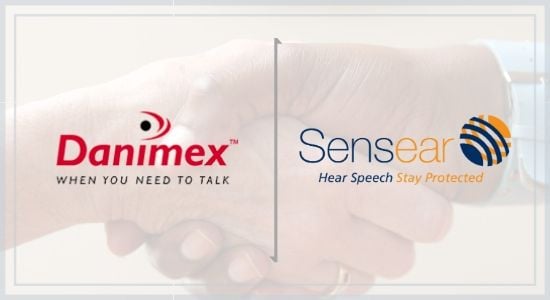- Home
- Blog
- High-Noise Communication
- The Ultimate Cheat Sheet on Communications Headsets for Oil & Gas

The Ultimate Cheat Sheet on Communications Headsets for Oil & Gas
The Oil and Gas industry seems to be consistently under attack, whether for environmental concerns or safety issues. However, oil and gas companies take employee safety very seriously, for good reason. What your workers do – to provide much-needed resources – is important, albeit quite dangerous work.
Communications are critical for ensuring the safest work environment possible in high-noise, potentially explosive environments such as those experienced by your workers…all the more reason to provide them with the very best communications solutions available.
So, what do you look for? Here’s a checklist to get you started:
Hearing Protection
Within the industry, hearing protection is a requirement across most operational areas. Not only does the headset need to mitigate exterior noise, but the volume of noise within the headset itself should be limited as well.
Situational Awareness
Whatever headsets you choose, be sure that they give the user complete situational awareness. Not only should they provide adequate hearing protection as described above, but they shouldn’t be entirely noise-canceling either.
Intrinsically Safe
It is dangerous to make assumptions about the safety of your headsets when you are working in explosive environments. Intrinsically safe products must be certified by regional standards that vary by country or region of the world. Be sure to consult an Intrinsic Safety Expert to validate the certifications of the products being used in these areas.
Wired or Wireless?
Mobile devices are continuing to gain traction, with forward-looking oil and gas companies accelerating the deployment of wireless intrinsically safe Bluetooth® communications devices. In turn, intrinsically safe communications headsets must be considered to sync with these wireless systems. Determine which is best for your needs and begin narrowing down the selection process based on those requirements. Again, make sure that the products you select are certified as intrinsically safe to ensure the well-being of your employees.
Headset-to-Headset Communications
In a number of scenarios, communication may be required for workers in close proximity, while staying connected to the larger operation via your two-way radio system. An example of this might be a maintenance crew working together for machinery repair. Be sure not to overlook instances where headset-to-headset communications might be preferable and/or necessary.
Comfort
Another thing to consider is the preferences of the wearer; hearing protection that isn’t worn is no protection at all. Be sure to choose a solution that will be comfortable and convenient for use on the job and throughout the workday.
Sensear has a long history of partnering with the world’s leading oil and gas companies to find the right high-noise communications solutions to implement across their operations. Because of our long-standing relationships with the oil and gas industry, we have developed powerful communications solutions for a wide variety of applications.
Take cross-device functionality, for instance. Sensear’s premier intrinsically safe headset can connect to Bluetooth® and analog two-way radios, Bluetooth® smartphones, and tablets while providing headset-to-headset communications as well. All while providing the comfort and hearing protection your employees deserve.
Lastly, Sensear’s exclusive SENS® (Speech Enhancement, Noise Suppression) Technology provides face-to-face communication in noise levels up to 95-97dB.
Feel free to contact Sensear to learn more about intrinsically safe communications headsets.






